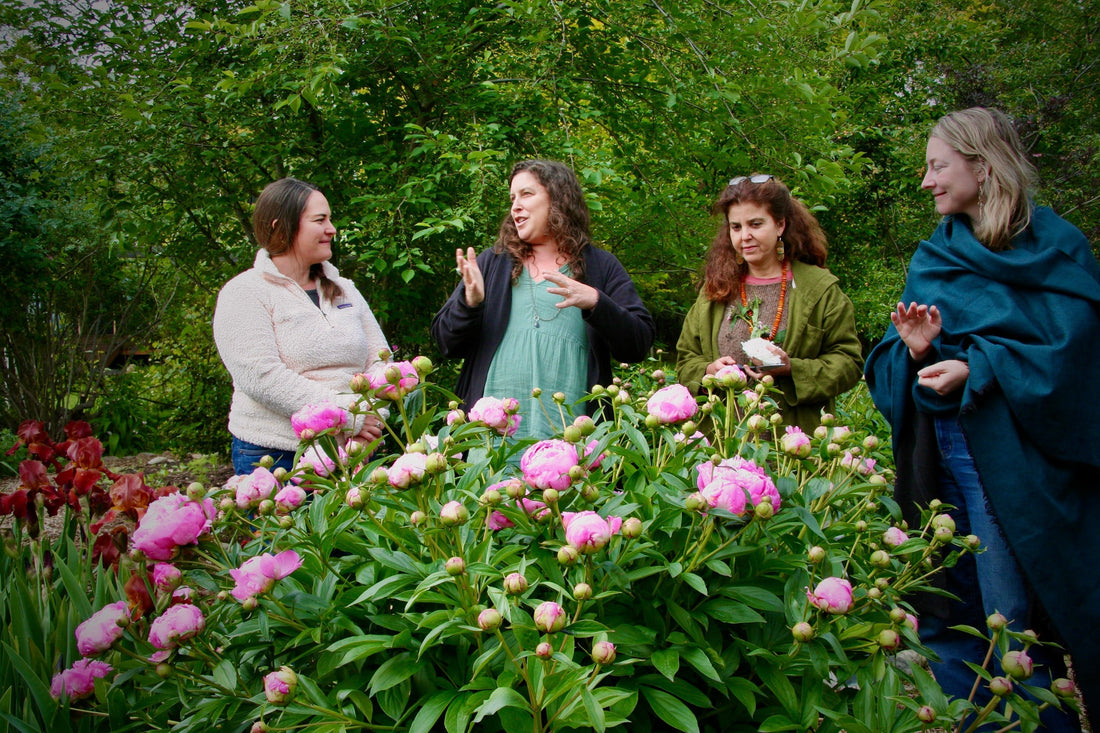Floral Consciousness and the Wisdom of Nature |
Share

Over the past few weeks, two mentors in the animistic space — Manari Ushigua, Chief of the Sapara Nation in the Ecuadorian Amazon, and Rachel Weitz of Animistic Healing Arts — offered profound insight into the topic of plant consciousness and the living intelligence of nature. Their teachings arrive like medicine in these times of chaos and transition, reminding us that we are not separate from nature — we are nature. They both teach how to tap into the consciousness of our natural world and find support and resilience in our own lives.
Floral Consciousness with Rachel Weitz | Animistic Healing Arts
I recently sat down for a conversation with Rachel Weitz, a counselor, herbalist, and animist deeply devoted to healing through connection with plants, flowers, ancestors, and land. Rachel has been instrumental in helping reframe my own scientific skepticism and open the door to a more embodied and animistic worldview — one where the Earth is alive, responsive, and wise.
Rachel speaks beautifully about floral consciousness — the intelligence of flowers, the subtle ways they communicate, and how they help us re-member who we are. In times of disruption, plants are not passive bystanders. They are companions, teachers, and allies.
Explore More
If you’re curious to learn more, please visit www.ursi.co — our home for elemental goods, botanical creations, and stories that honor the natural world. You’ll find offerings inspired by plant consciousness, forest wisdom, and the light of nature.
And if you feel called to learn more about Rachel’s work, I invite you to explore www.rachelweitz.com — a sanctuary for animistic healing.
We will also be sharing more of Manari's thoughts on Forest Consciousness along with forthcoming stories with scientists, conservationists and creators.
Together, may we re-member our place in the web of life.
Ursi.co & Catherine Yrisarri | Founder


